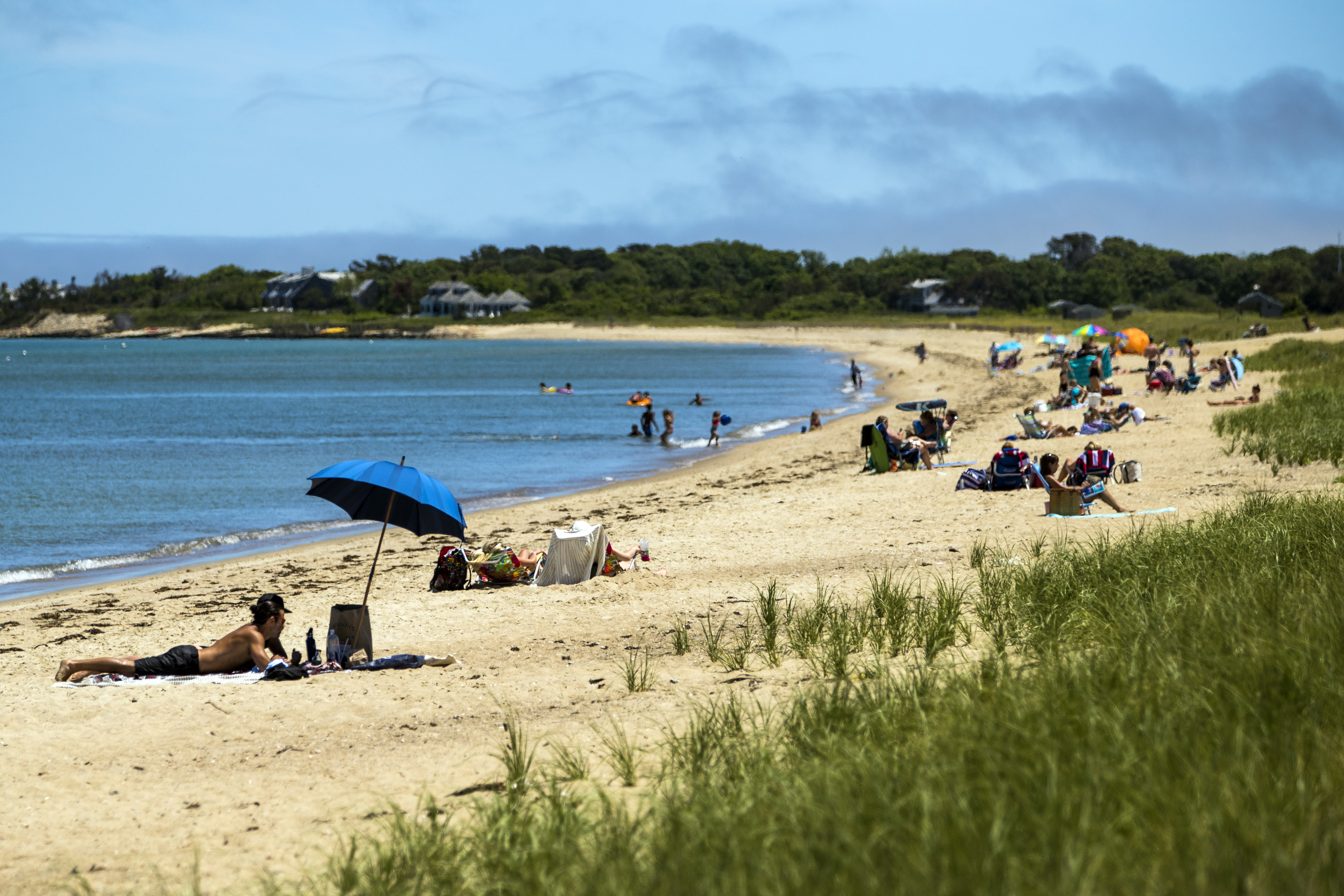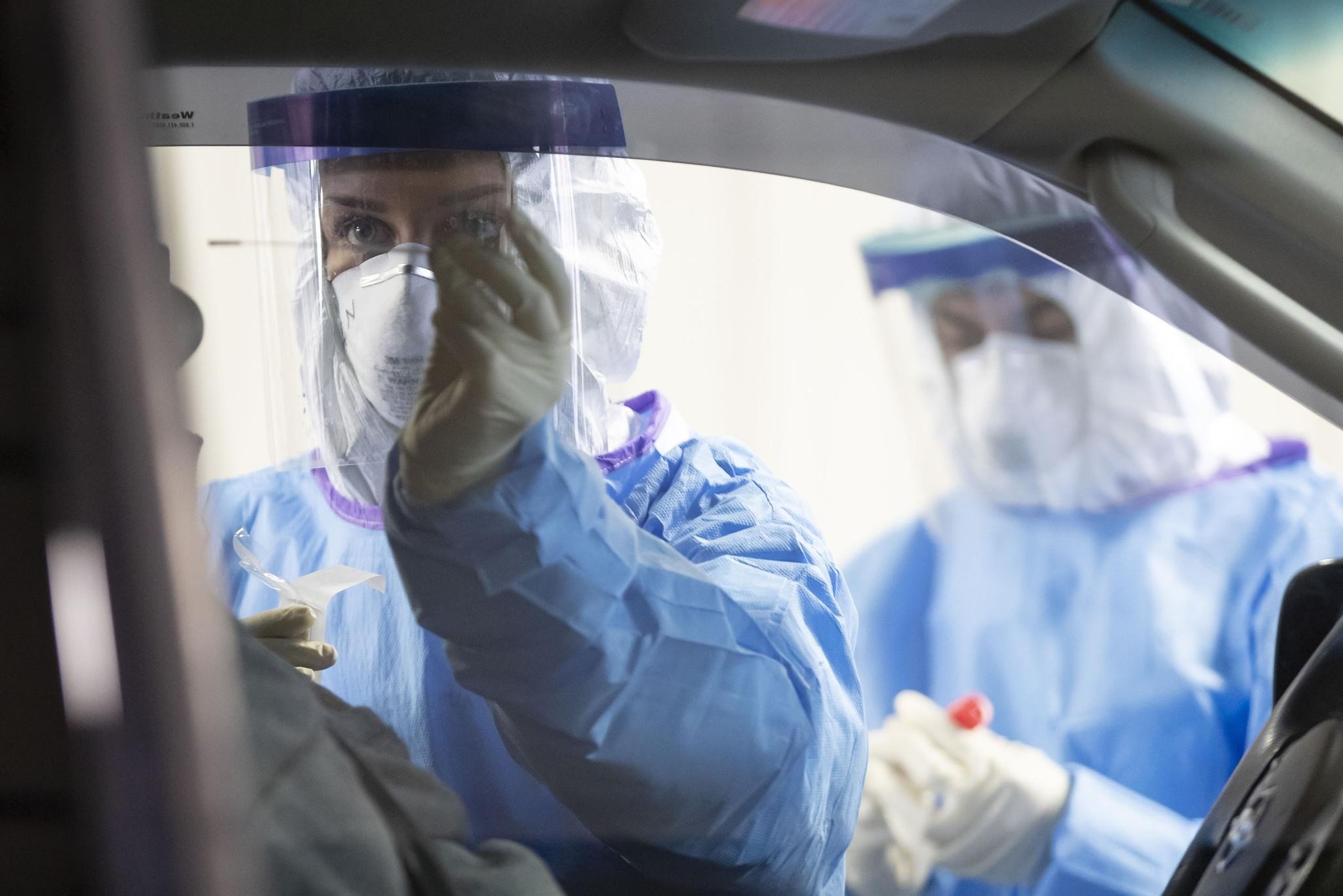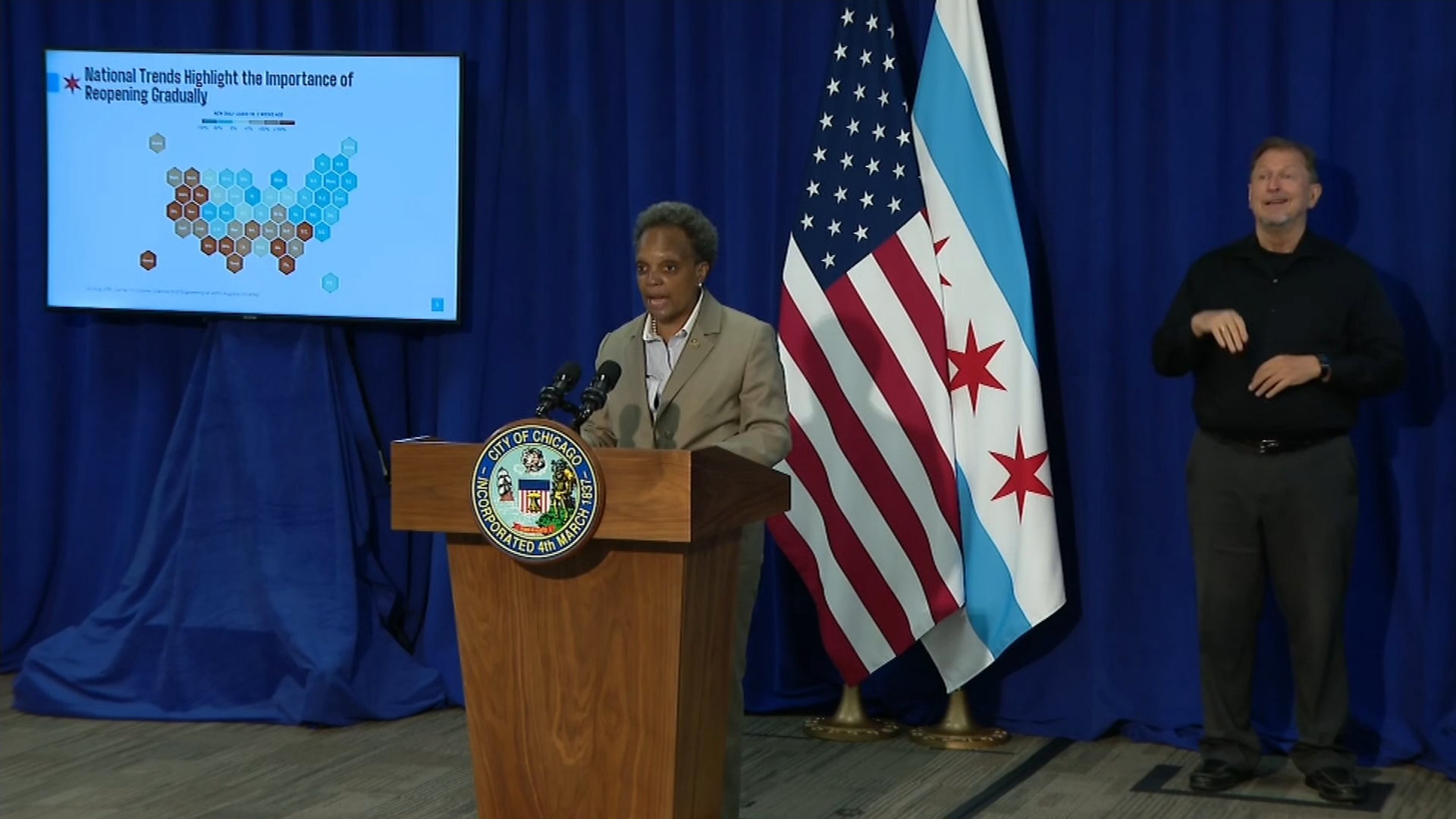Health officials in Chicago say there's a 5% chance that someone in a gathering of 10 people has an active COVID-19 infection - and that those odds rise sharply as the size of the group increases.
In a group of 50 people, the odds that someone in that group has COVID-19 go up to 15%, officials say. The restrictions in place under the current phase of the reopening plan in the city and across Illinois allow for gatherings of up to 10 people. That limit will increase to 50 when Chicago and the state move into phase four on Friday.
In a group of 100 people, there's an almost one-in-three chance that someone has an active COVID-19 infection, officials say. And those odds go up to nearly two-thirds when the size of the group reaches 250 people.
Chicago Department of Public Health Commissioner Dr. Allison Arwady laid out the math at a news conference alongside Mayor Lori Lightfoot on Monday.
Based on the mortality rate of COVID-19 in Chicago, health officials can extrapolate that there are many more coronavirus cases in the city that are not diagnosed, in people with little to no symptoms at all, Arwady said.
"Where we are now, adding around 200 cases a day, we know that people are infectious for about 10 days, generally from the time that they first acquire COVID, which means that at any given point we have around 2,000 active infections that we know about here in Chicago," Arwady explained.
"However, as you've heard me say before, there are many, many cases of COVID-19 in Chicago that are not diagnosed. We know that because of our case fatality rate. If you look, about 5% of people in Chicago who have been diagnosed with COVID have died."
Arwady noted that the city has seen roughly 2,500 deaths of about 50,000 cases - but the actual mortality rate for COVID-19 is likely closer to 1% or even less.
"That lets us know that there are many, many more people who have mild symptoms, or even no symptoms of COVID. This is why it is so important that people are wearing those face coverings and keeping that 6-foot distance," she said. "It is a given and it is the law that if you are feeling ill, you must stay home. So it's really these people who may not have symptoms, but could be out and in a gathering that need to take the precautions."
Using those figures, Arwady said officials assume that there are likely around 10,000 active COVID-19 infections in Chicago as of Monday. That number allows officials to estimate the odds of an unknown COVID-19 infection in a gathering that increase based on the size of the group.
"So this is why… right now as we move ahead cautiously into phase four, we're setting that group, that gathering limit at 50," Arwady continued. "Because that's the 15% chance that someone in that group has COVID-19 and may not know it. Later, as we are able to move ahead, we'll be able to expand on this."
Lightfoot used those odds to reiterate a point she's made many times in recent weeks about being cautious in reopening businesses amid the pandemic.
"There are some who think we should just do nothing, have no restrictions, no capacity limits. But here's why," Lightfoot said, again highlighting the risk of allowing larger group sizes. "This is why we are being cautious and prudent. We do not want to go the way that we've seen other states, other cities. We want to make sure that we turn the dimmer switch ever so slightly, consistent with the public health data."
"Chicago is unique. We can't speak for what happens in the rest of the state. But what we do know is we have lots of active infections here still. And it's incredibly important that we don't ignore that fact," she continued.
"I know that the way in which we're taking approach, turning the dimmer switch cautiously, continues to cause economic harm and hardship. We recognize that," Lightfoot said. "But my first responsibility as mayor is to save lives. And we have done that. And you have done that. And we will continue to make that the priority."




